Many runners today underestimate the importance of having a pair of properly fitting running shoes, and think of blisters and black toenails, as part and parcel of running.
But you should not have any sort of feet problems if your shoes are the right ones for your feet, according to Dr Derek Li, 34, an avid marathoner who is also a General Practitioner with the Raffles Medical Group. The doctor is also known to have a special interest in running shoes, amongst the Singapore running circle.
Your shoes should feel comfortable
Said Dr Li, “Ideally your shoes should just disappear on your feet. When you are running, you should not be thinking about the shoes at all. You should not have to try to avoid landing on a particular section that’s uncomfortable or have to adjust your running style to make the shoe work. It should just work.”
Added the doctor, “Any kind of discomfort just gets magnified when running at a faster race pace, and anything from a finicky tongue to a rough spot in the arch can throw you off and prevent you from running your best.”
How to know that the running shoes fit
How does a runner know whether the shoes fit their feet correctly?
Said Dr Li, “If you can run and not recall having thought about the shoes at all during the run, then it’s a shoe that fits correctly.”
Problems caused by ill-fitting running shoes
Black toenails and blisters, according to the doctor, are examples of problems caused by ill-fitting running shoes. Dr Li explained, “Black toenails are a sure sign of poorly-fitted running shoes. Blisters or calluses in the wrong places, like anywhere on top of the foot, or around the ankle, are also signs of poorly-fitting shoes.”
But ill-fitting shoes are not the only problems causing feet problems though. Explained Dr Li, “It is usually a combination of ill-fitting shoes, and eccentricities in an individual runner’s foot shape, and running style. But it is often much easier to get the shoes to fit the person rather than the other way around, of course.”
He added, “As an example, someone with low or collapsed arches, that is flat feet, is very common amongst Asians who try to wear shoes that are narrow in width, and they will tend to experience arch pain when they lace up the shoes. Other people with very broad toes require shoes with a wider toe box may find their toes are bunched up easily in shoes with a more pointed shape, even if the rest of the shoe fits well.”
Running Shoes for pronators
Dr Li also feels that wearing the wrong type of shoes too, may lead to running injuries such as Achilles Tendonitis (Pain on the back of the lower leg near the heel) and Plantar Fasciitis (Pain in the heel and the bottom of the foot).
This is because the type of running shoes that you should wear, depends on whether your feet over-pronates (feet rolls inwards) or under-pronates (feet rolls outwards) when you are running, it is necessary to wear shoes that matches with your appropriate running gait.
Said Dr Li “Wearing the wrong category of shoes can predispose you to running injuries in the feet, but this does not result in blistering or other issues independent of fit. For example, neutral shoes can have a narrower fit and footprint, and that can cause fit issues for people with low arches or broad feet, but the fact that it lacks pronation support on its own is not the cause of the blistering.”
He added “Likewise, if someone with narrow feet wears shoes that are too wide, the sloppiness of the fit can cause abrasions due to the feet moving around in the shoe too much, but whether or not the shoe has any inbuilt stability or pronation support does not contribute to the problem.”
However, the doctor added that neutral runners are fortunate because they can run in pronation shoes. Said Dr Li “Neutral runners can run in any type of shoe, but people who require stability support will tend to get ankle problems or knee problems in neutral shoes.”
Choose a shoe for its function, not appearance
The doctor also pointed out that one of the most common mistakes that people tend to make when they buy running shoes, is choosing shoes that merely look pretty. Said Dr Li, “The biggest mistake is buying a shoe for its looks over its function. I see this way too often. People choose the shoe that looks the most attractive and do not know the category of the shoe, or even that it is indeed a running shoe.”
Added Dr Li, “Another mistake is getting the same size that you always wear across brands. You would be surprised to find that sizes vary a lot across brands – one can wear a Size 9 for one brand, a 9.5 for another and a size 10 for yet another. Worse still, the sizing and fit differs between models within a brand. These discrepancies exist regardless of whether you go by US, UK or Japanese sizing, so try out the shoes before buying, preferably in socks of the same thickness that you are likely to run in.”
And Dr Li pointed out that he wears a size 9.5 for Nike Zoom Elite, a 10 for LunarTempo and a 9.5 for LunarEpic – even though all three of these are Nike branded shoes.
Dr Li’s tips on choosing shoes
So then what tips does the doctor have, to pick the right pair of shoes?
Said Dr Li, “It is best to go to a store that carries multiple brands, so the salesman is not bound to sell you just one brand. Preferably find a store with a treadmill so you can get a feel of how the shoe acts when you run.”
He added “And finally ask around to get recommendations for where the knowledgable shoe salesmen are, in your area. It is very easy to distinguish someone who knows his shoes, from someone who is just working part-time to make ends meet.”

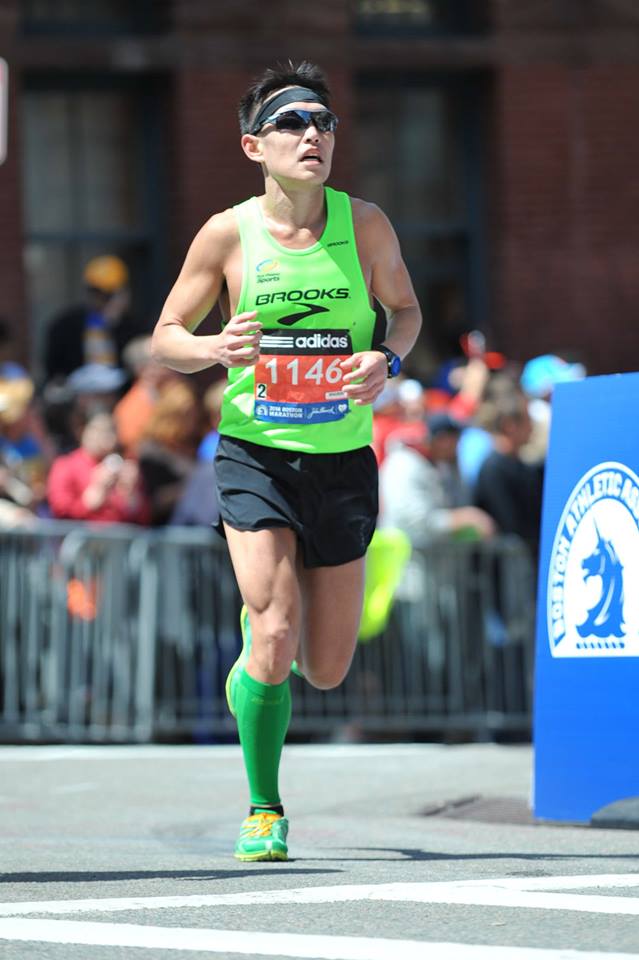
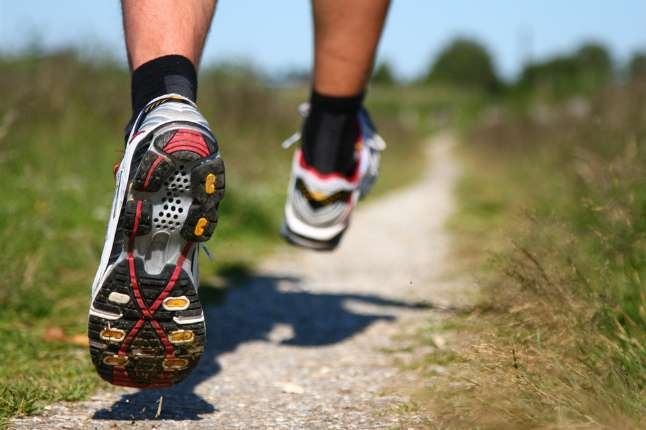
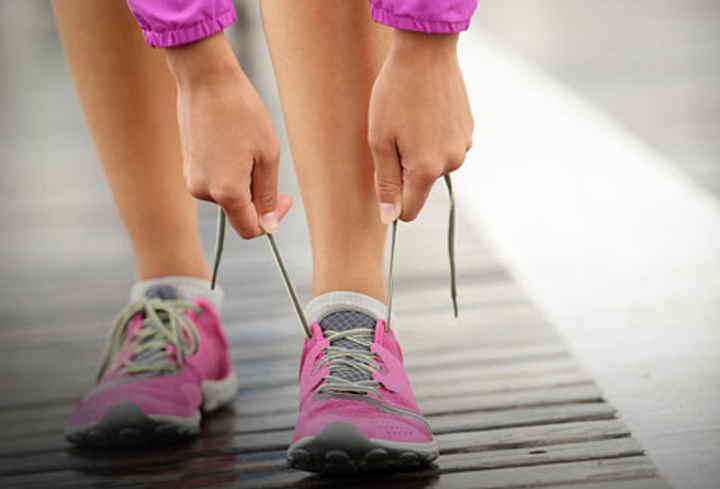
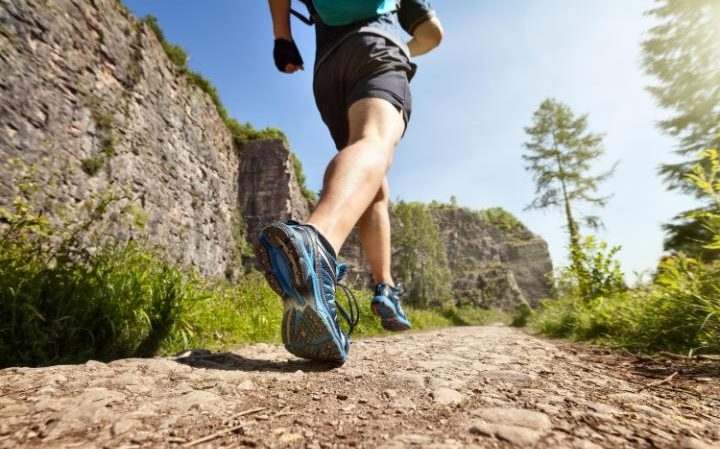
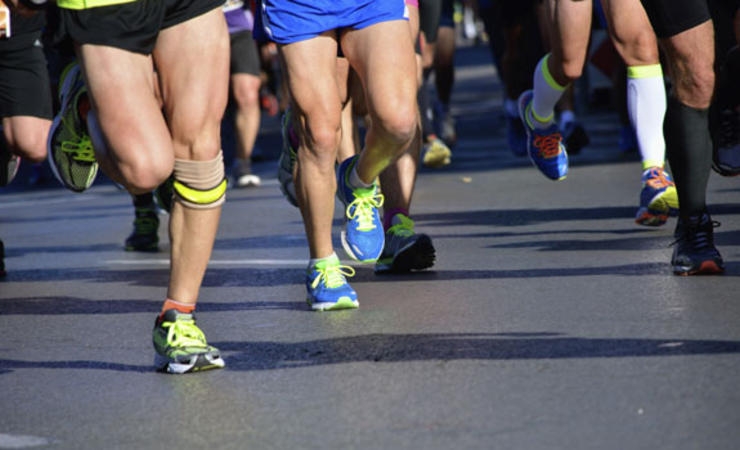
You can reach me at runningcommentarysg@gmail.com
My blog is
runningcommentarysg.blogspot.sg
Hi Pris, does Dr. Li have a blog? Would like to ask him to recommend specific shoe model for a flat footed runner who gets lower back pain after 5km mark. Thanks for your help to convey this message!